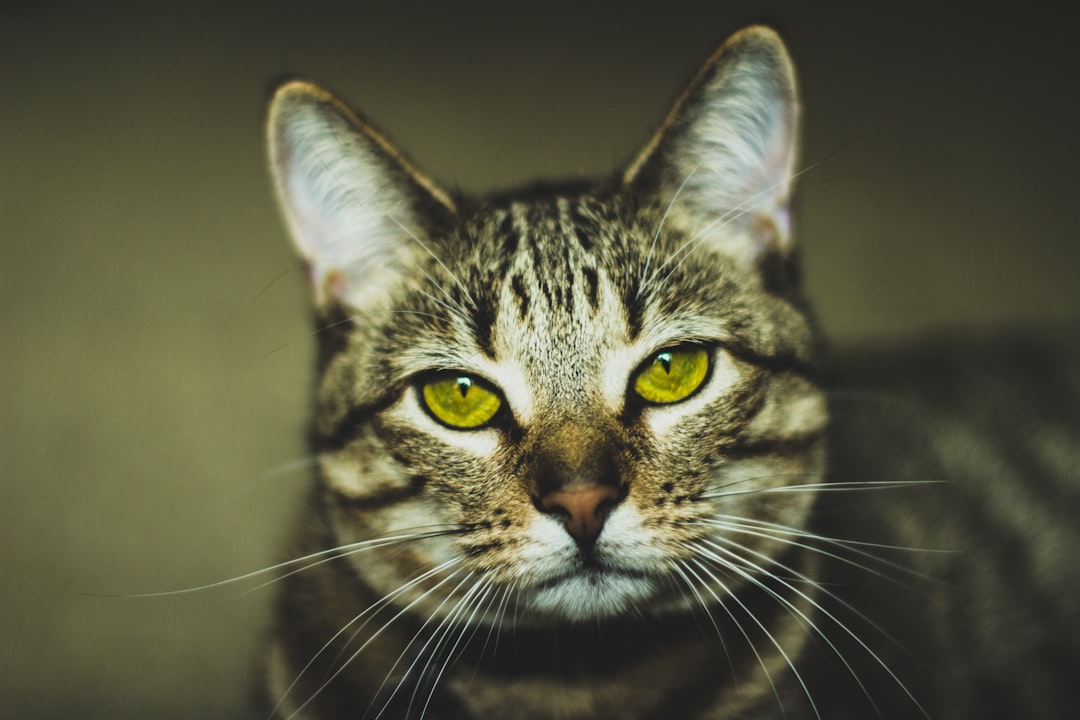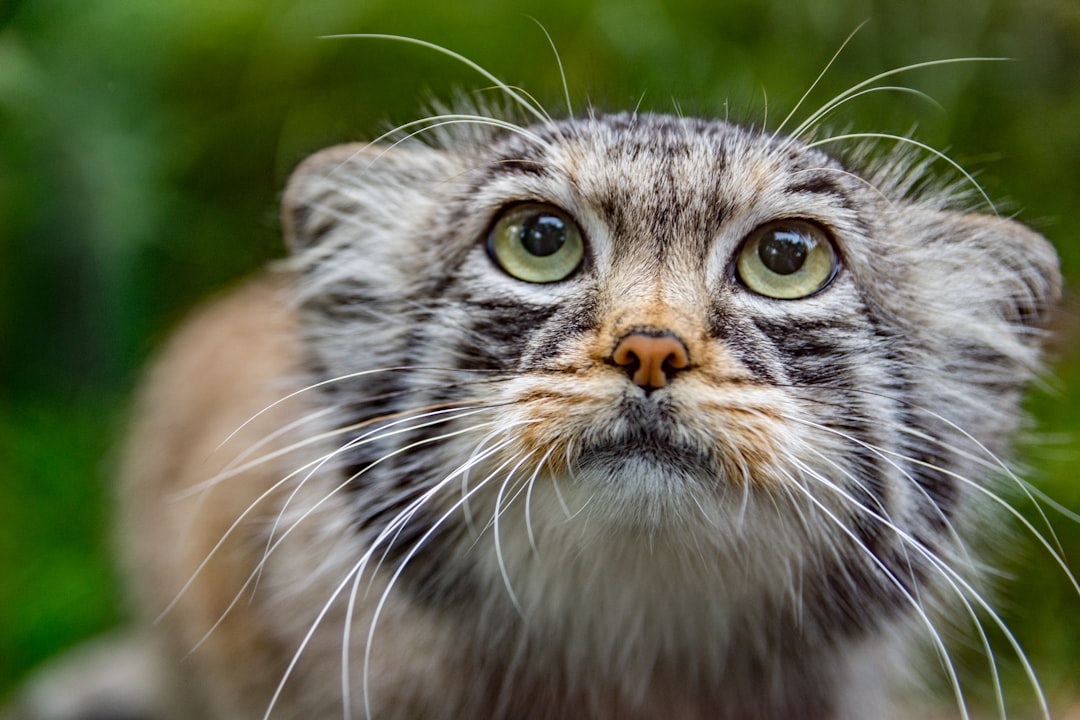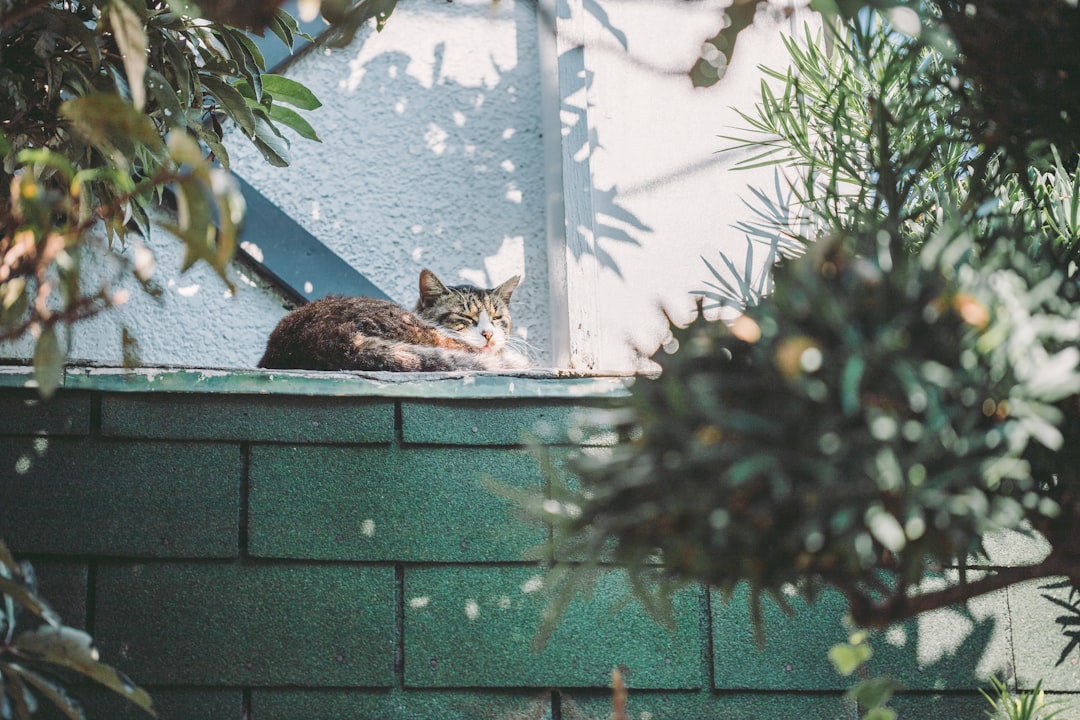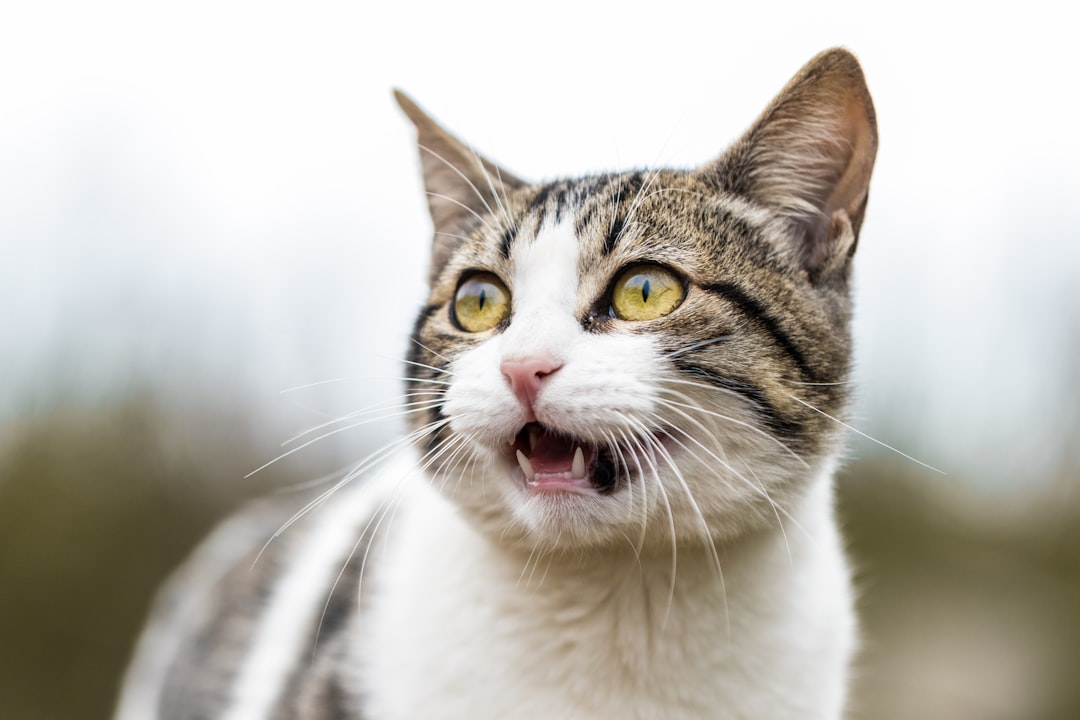If you’re searching for a new way to engage your feline friend, consider exploring Silvervine. This intriguing plant offers a fun alternative to catnip, capturing the attention of many cats who may not respond to traditional options. Silvervine’s unique compounds stimulate playfulness and excitement, making it a delightful addition to your cat’s routine. Not only does it provide entertainment, but it also boasts several health benefits that can enhance your pet’s overall well-being. With the right introduction and products, Silvervine can become an essential part of your cat’s enriched environment.
What is Silvervine and How Does it Work?
Silvervine is a plant native to Asia, particularly in the mountainous regions of Japan and China. Its scientific name is Actinidia polygama, and it belongs to the same family as kiwifruit. Unlike catnip, which affects only a subset of cats, Silvervine can elicit a response in up to 80% of felines.
How Silvervine Works:
Active Compounds: Silvervine contains two key chemical compounds, actinidine and silvervineine. These elements stimulate receptors in a cat’s brain, leading to playful and euphoric behavior.
Effects: When cats encounter Silvervine, they may exhibit behaviors such as:
- Rolling
- Purring
- Playfulness
- Increased affection
Duration: The effects usually last between 10 to 30 minutes, after which cats may lose interest temporarily.
In summary, Silvervine offers a fun and stimulating alternative for enhancing your cat’s playtime, providing an interactive experience that many felines adore.

The Differences Between Silvervine and Catnip
Silvervine and catnip share similarities, but they also have distinct differences. Understanding these variations can help you choose the best option for your feline friend.
1. Chemical Composition:
- Silvervine contains two compounds, actinidine and anasar vine, which stimulate cats differently than catnip.
- Catnip primarily has nepetalactone, affecting around 70-80% of cats.
2. Response Rate:
- Silvervine appeals to a broader range of cats, including those unresponsive to catnip. Many cats who ignore catnip may react positively to Silvervine.
- Catnip has a variable response—some cats may not engage at all.
3. Duration of Effect:
- Silvervine offers a more prolonged playtime, keeping cats entertained for about 30 minutes before they lose interest.
- Catnip’s effect typically lasts around 10 minutes, leading cats back to normal behavior quicker.
4. Health Benefits:
- Silvervine has additional benefits, including potential digestive aids and a calming effect.
- Catnip primarily serves as a recreational stimulant, with little direct health impact.
In summary, while both Silvervine and catnip provide fun for cats, Silvervine stands out for broader appeal and extra advantages. Choose Silvervine to enhance your cat’s playtime!
Health Benefits of Silvervine for Cats
Silvervine offers several health benefits for your feline friends, making it an excellent alternative to catnip. Here are some key advantages:
Stimulates Playfulness: Silvervine enhances your cat’s playful behavior, promoting physical activity. Cats that engage more in play tend to maintain a healthier weight.
Relieves Stress and Anxiety: The effects of Silvervine induce a sense of euphoria, helping to ease stress and anxiety in cats, particularly during unfamiliar situations or changes in their environment.
Encourages Natural Hunting Instincts: Cats often express their natural instincts while interacting with Silvervine, as it encourages stalking and pouncing behaviors. This enrichment is vital for mental stimulation and overall wellness.
Supports Digestive Health: Silvervine may help in alleviating digestive issues since it has mild laxative properties, supporting regular bowel movements.
Non-Addictive: Unlike some other substances, Silvervine is non-addictive. Cats can enjoy it frequently without developing dependency or tolerance.
Incorporating Silvervine into your cat’s routine can lead to a happier and healthier life for your furry companion.
How to Introduce Silvervine to Your Cat
Introducing Silvervine to your cat can be an exciting experience. Here’s how to make it enjoyable and safe:
Choose the Right Product: Silvervine comes in various forms, such as powder, sticks, or toys. Select the one that seems most appealing to your cat.
Start Slow: Begin by using just a small amount of Silvervine. Sprinkle a pinch of Silvervine powder in your cat’s favorite spot or rub a stick on their scratching post.
Observe Reactions: Watch your cat’s initial response. Many felines will rub, roll, or play vigorously. If your cat shows signs of enjoyment (like purring and playful behavior), gradually increase the exposure.
Limit Usage: Use Silvervine sparingly. Too much may lead to overstimulation. Once or twice a week is often ideal to keep the experience exciting.
Create a Play Space: Designate a fun area filled with Silvervine toys. This encourages your cat to engage when they want some excitement.
By following these simple steps, you can ensure a positive introduction to Silvervine, enriching your cat’s playtime!

Silvervine Products: What’s Available on the Market?
Silvervine has gained popularity among cat owners as a delightful alternative to catnip. Many exciting products feature Silvervine to engage your feline friend. Here’s a look at the options available:
Silvervine Sticks: These are natural branches that your cat can chew and play with, promoting dental health while enjoying the euphoric effects of Silvervine.
Silvervine Powder: This finely ground product can be sprinkled on scratching posts, toys, or even your cat’s bedding. It allows for easy application in various areas.
Silvervine Toys: Many pet stores sell toys infused with Silvervine, providing interesting scents and textures for your cat to explore. Check for stuffed mice, balls, or plush designs.
Silvervine Treats: Specifically designed treats with Silvervine offer a tasty way for your cat to enjoy this herb while also addressing their nutritional needs.
| Product Type | Description | Benefits |
|---|---|---|
| Silvervine Sticks | Natural branches for chewing | Promotes dental health |
| Silvervine Powder | Ground Silvervine for sprinkling | Versatile application |
| Silvervine Toys | Toys infused with Silvervine scent | Engages sense of play |
| Silvervine Treats | Edible treats containing Silvervine | Combines enjoyment with nutrition |
Explore these Silvervine options to add excitement and enrichment to your cat’s environment!
Tips for Maximizing Your Cat’s Enjoyment of Silvervine
To ensure your feline friend fully enjoys Silvervine, consider the following tips:
Start with Small Amounts: Introduce Silvervine gradually. Begin with a pinch of the powder or a small toy infused with Silvervine to gauge your cat’s reaction.
Rotate Toys: Cats can lose interest quickly. Keep things fresh by rotating Silvervine toys and items to maintain your cat’s enthusiasm.
Create a Playful Environment: Incorporate Silvervine during playtime. Engage your cat with interactive toys, like feather wands infused with Silvervine, to encourage movement and excitement.
Safe Spaces: Set up cozy areas filled with Silvervine. Cats love exploring new scents, so provide a dedicated corner with Silvervine sachets or sprinkle some in comfortable spots.
Mix with Other Stimuli: Combine Silvervine with catnip or toys with different textures to enhance the overall experience.
By following these tips, you can maximize your cat’s enjoyment of Silvervine, tapping into its playful and stimulating effects. Your kitty will be purring with joy!
Common Misconceptions About Silvervine
Despite its growing popularity, several misconceptions about Silvervine might cause confusion among cat owners. Let’s clarify these myths to help you make informed choices for your feline friend.
Myth 1: Silvervine is the same as catnip.
While both Silvervine and catnip belong to the same plant family, they have different active compounds. Silvervine contains actinidine, which can provoke reactions in cats that are unresponsive to catnip.Myth 2: Silvervine is harmful to cats.
On the contrary, Silvervine is safe for cats to consume in moderation. Many cats enjoy it without any adverse effects. However, as with any product, excessive use can lead to overstimulation.Myth 3: Only certain cats like Silvervine.
Cats have individual preferences. While some may prefer Silvervine, others might favor catnip. Interestingly, approximately 50-70% of cats respond positively to Silvervine, making it a worthy alternative.
By understanding these misconceptions, cat owners can confidently explore Silvervine as a fun addition to their pets’ lives!

Conclusion: Is Silvervine Right for Your Cat?
In summary, Silvervine offers a delightful alternative to traditional catnip, providing multiple benefits for your feline friend. Here are key considerations for determining if it’s suitable for your cat:
- Age: Silvervine can stimulate young and playful cats, while older cats may show less interest.
- Sensitivity: Approximately 50-70% of cats react positively to Silvervine. If your cat is unresponsive to catnip, it might enjoy Silvervine instead.
- Health needs: Silvervine is generally safe and might help alleviate stress or anxiety in your cat.
To decide if Silvervine is right for your pet, observe their responses. If they show an interest, you can slowly introduce Silvervine products like toys or sprays. Additionally, monitor them during playtime to ensure they engage in a safe and enjoyable manner.
In conclusion, Silvervine can be a fantastic addition to your cat’s playtime arsenal, encouraging activity and fun while enhancing their quality of life.
Frequently Asked Questions
What is silvervine and how is it different from catnip?
Silvervine, scientifically known as Actinidia polygama, is a plant native to Asia that has similar effects on cats as catnip (Nepeta cataria). While catnip contains the compound nepetalactone, silvervine has two active compounds, actinidine and 3, 8-dihydronepetalactone, which can elicit a more potent reaction in some cats. Unlike catnip, which affects about 50-75% of cats, silvervine can stimulate up to 80% of feline friends, making it a highly appealing alternative.
How can I introduce silvervine to my cat?
Introducing silvervine to your cat can be a fun and enriching experience. Start by acquiring silvervine in different forms, such as powder, sticks, or toys infused with silvervine. Sprinkle a small amount of the powder in an area where your cat likes to play or rub the stick against their favorite scratching post. Observe your cat’s reaction; many will roll, pounce, or exhibit playful behavior. It’s advisable to supervise their initial interactions to ensure they respond positively and don’t overindulge.
Are there any side effects of using silvervine for cats?
Generally, silvervine is considered safe for cats and has very few side effects. However, too much exposure can lead to overstimulation, resulting in hyperactive behavior or mild gastric upset, such as vomiting. It’s best to monitor your cat’s reactions and limit their exposure to silvervine to once or twice a week. If your cat has pre-existing health conditions or exhibits unusual behavior after interacting with silvervine, it’s wise to consult with your veterinarian for tailored advice.
Where can I buy silvervine products for my cat?
Silvervine products for cats can be found in pet supply stores, both online and in physical locations. Specialty pet shops often carry a variety of silvervine options such as powders, sticks, and toys. Online platforms like Amazon, Chewy, or dedicated pet wellness websites also offer extensive selections. When purchasing, ensure you’re sourcing high-quality, natural products to guarantee your cat’s safety and enjoyment.



